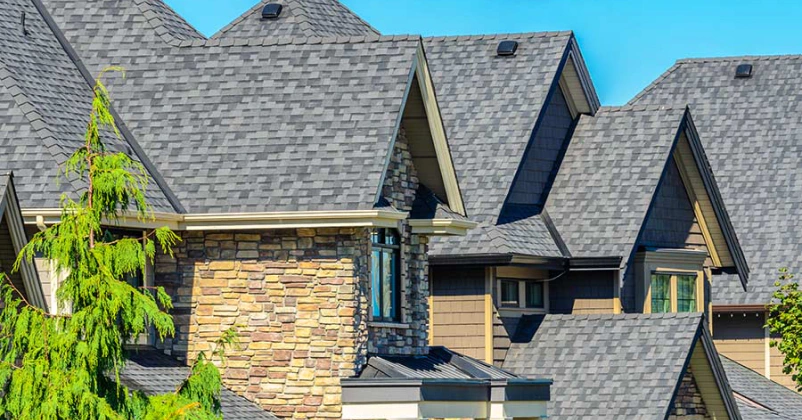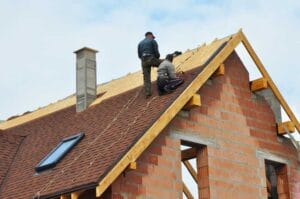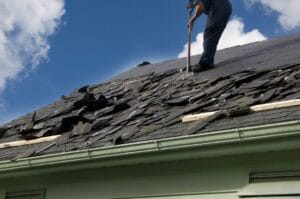Shingle roofs are a popular choice for many homeowners due to their durability and aesthetic appeal. However, it’s important to understand the anatomy of a shingle roof in order to make an informed decision about whether or not this type of roof is right for your home. Here, we’ll take a look at the different components of a shingle roof and how they work together to create a sturdy and attractive roofing system.
The first thing to understand about shingle roofs is that they are composed of several different layers. The bottom layer is known as the underlayment, which is typically made of asphalt-saturated felt paper. This layer serves as a barrier between the roof deck and the shingles, protecting the roof deck from moisture damage.
Above the underlayment is the felt paper, which is adhered to the roof deck with nails or staples. The felt paper provides additional protection against moisture and helps to keep the shingles in place.
The top layer of a shingle roof is composed of the shingles themselves. Shingles are available in a variety of materials, including asphalt, wood, slate, and metal. Asphalt shingles are the most common type of shingle used on residential roofs.
Wood shingles are made from cedar or redwood and offer a more natural look to your roof. Slate shingles are made from natural stone and offer a very unique appearance. Metal shingles are made from aluminum or copper and offer a long-lasting, low-maintenance roofing option.
When choosing the right type of shingle for your roof, it is important to consider the climate in which you live. Shingles made from asphalt are not suitable for locations that experience extreme weather conditions, such as hurricanes or severe winters. Wood shingles are a better choice for these areas. Slate and metal shingles are suitable for all climate types.
The cost of shingles varies based on the type of material used and the size of your roof. Asphalt shingles are the most affordable option, while slate and metal shingles are the most expensive.
When installing new shingles, it is important to follow the manufacturer’s instructions carefully. Improper installation can void the warranty and lead to leaks or other problems.
It is also important to have your roof inspected regularly by a professional to ensure that it is in good condition and free of any damage.If you are considering replacing your roof, or if you have any questions about roofing materials or installation, contact Gray Line Roofing today. We will help you choose the best option for your home and budget.




